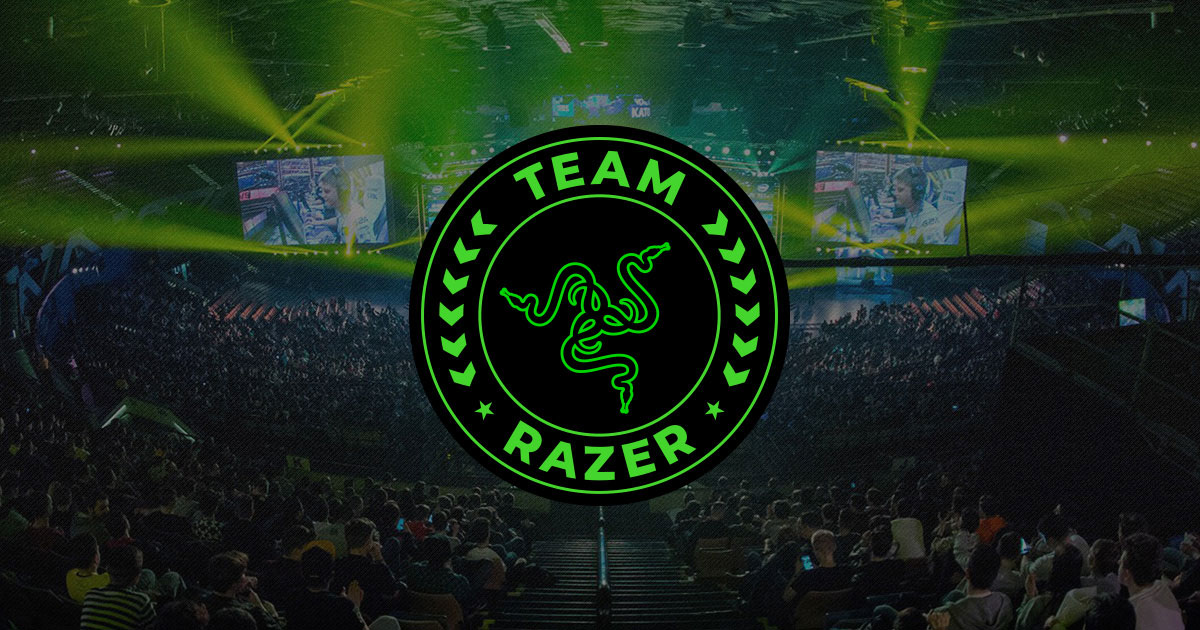THE FUTURE OF ESPORTS
September 2019
Live Preview
Role: Cultural Strategy Lead
Challenge: How to elevate esports from subcultural phenomenon to legitimate sport in the global consciousness? Talk to player's mums.
The Cultural Tension
Razer faced a fascinating paradox: esports had achieved massive scale (outperforming traditional sports viewership) while remaining culturally delegitimized. Despite billion-dollar valuations and global audiences, it was still being othered by institutional forces — from visa offices to parents' living rooms. This wasn't just about perception; it was about power structures and cultural legitimacy.
The Research Approach
My investigation began with 1000+ hours of ethnographic interviews across the ecosystem — from players to commentators. But rather than focus solely on the community itself, I mapped the power dynamics that kept esports in its “subcultural” box. This revealed a critical insight: while brands were fighting for credibility within the esports community, the real battle for legitimacy was happening outside it.
Theoretical Framework
Applying Bourdieu's field theory revealed how esports was caught in a classical struggle for cultural legitimacy. Like jazz in the early 20th century, it was experiencing the tension between massive popular appeal and institutional rejection. More importantly, I identified what sociologist Sarah Thornton calls “subcultural capital” - the community's tendency to define itself in opposition to the mainstream was actually hindering its broader legitimization.
"If You Want To Sell Running Shoes, Sell Running"
A historical analysis of sport legitimization revealed a crucial precedent: jogging in the 1970s. Bill Bowerman, a former track coach at the University of Oregon, was introduced to jogging in 1962. Bowerman was impressed and began a jogging program at Hayward Field in 1963, before publishing a 1972 book (cleverly entitled 'Jogging') that would be the catalyst for the jogging craze in the US and the rest of the western world. It's no coincidence that 1972 was the year that Bowerman's side hustle, a little shoe company called Nike, completely revolutionised the running shoe market with the Cortez, "the most popular long-distance training shoe in the US". The book doesn't mention Nike once; it doesn't need to. It wasn't about selling shoes — it was about legitimizing a practice. The book widened the narrow appeal of long-distance running to a massive, global audience, and Nike was there to take advantage with the right product. This pointed to a powerful truth: cultural legitimacy comes from outside the core community. Just as Bowerman spoke to non-runners about running, Razer needed to speak to non-gamers about gaming.
Strategic Translation
This insight fundamentally shifted the brand's entire approach. Instead of fighting for attention within the saturated esports conversation, I positioned Razer as the cultural translator between the esports community and the mainstream world. “Playtime Is Over” wasn't just a campaign tagline — it was a declaration of cultural legitimacy aimed at the power structures (parents, institutions, media) that were holding the sport back. This shift helped Razer become the ambassador for global esports, everywhere.
Cultural Impact
Beyond campaign metrics, my approach provided Razer with a unique cultural position: not just another brand competing for esports credibility, but the brand leading esports' cultural legitimization. We campaigned to change visa law to allow esports athletes to compete abroad; we helmed the Olympic Esports bid; most notably, we were instrumental in bringing esports to the SEA games. By understanding and addressing the deeper sociological forces at play, I helped Razer transcend category competition to become a true cultural change agent.


